Aurora Borealis is Latin for “The dawn of the north”.
Aurora was a Roman goddess of dawn and Borealis in Greek means the north wind.
Moving out from your home to another country is such an enriching experience. You get to know about different types of cultures, food, diversity and scenic beauty. So to begin my expedition pursuing my masters at Uppsala University, as any teenager would do, I started creating a bucket list. Always being fascinated by what nature has to offer, the top of that list had to be witnessing the rare and one of the surreal Northern Lights. Being so passionate about this, the great chance to strike the thing off that I always wished for from the top of my bucket list came to a reality. Such a view is so mesmerizing and surreal that after viewing the lights, I couldn’t stop before going for it again and again this winter until the count was close to 10. So, if you are an outdoor enthusiast like me but don’t know where to start, you might find this post quite interesting.
This strange but beautiful phenomenon happens when the solar flares from the sun enters the earth’s magnetic field and collides with the atoms and molecules in our atmosphere and results in photos which we call “Aurora Borealis” (Northern Lights). There are different colours associated with Northern Lights, it depends upon the type of gas involved in the process and also the energy in the solar flares. The most common being Green is associate with the excitation of Oxygen molecules and also Yellow and Red however, Blue and Purplish are caused by the excitation of Nitrogen.
Northern Lights need a clear sky in the night and a dark surrounding in order for one to clearly see it. Starting from September, one can hope to see them all the way till the end of April during the night.
There are various tours which one can take up north in order to see the Norther Lights. Scanbalt Experience is the most famous one with their Lapland Tour in the winters. It takes you up across the Arctic circle, Kiruna, Abisko and the famous Ice Hotel. To check out more about the Lapland Tour, here is the link to the blog post from Audra: https://tagged4.uu.se/2018/03/02/the-lapland-trip/
Here are my picks for the 5 best places to see the northern lights:
- Tromsø, Norway
- Abisko, Sweden
- Luosto, Finland
- Kulusuk, Greenland
- Anchorage, Alaska
Don’t be disappointed if you can’t visit those places, your quest to see the Northern Lights can also end at Uppsala. The best place in Uppsala to see the Northern Lights is Gamla Uppsala followed by Uppsala Slott (Uppsala Castle). I was also lucky enough to see them from my window at Klostergatan 16.
To get started:
- Download the “Aurora Forecast” or “My Aurora Forecast & Alerts” app. Its available in both App Store in iOS and Play Store in Android. I like the “My Aurora Forecast & Alerts” app more.
From this app, you can check for the KP index which is the global geomagnetic storm index and the higher it is, the better chance you have to see the lights. There is also an option to select your location and the app will automatically show the results for the viewing probability at your location.
Here is the link for both the apps:
Aurora Forecast for iOS: https://itunes.apple.com/us/app/aurora-forecast/id539875792?mt=8
Aurora Forecast for Android: https://play.google.com/store/apps/details?id=com.tinacinc.auroraforecast&hl=en
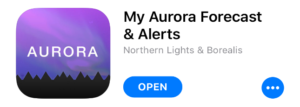 My Aurora Forecast & Alerts for iOS: https://itunes.apple.com/us/app/my-aurora-forecast-alerts/id1073082439?mt=8
My Aurora Forecast & Alerts for iOS: https://itunes.apple.com/us/app/my-aurora-forecast-alerts/id1073082439?mt=8
My Aurora Forecast & Alerts for Android: https://play.google.com/store/apps/details?id=com.jrustonapps.myauroraforecast
- There are some groups on Facebook if you’re in Uppsala where people post if there is high probability to see the lights and it is also a great way to meet the people who share the same enthusiasm.
Here is the link to the page: https://www.facebook.com/groups/294845537550812/ - Take a look for the KP index for the next few days in advance so you’re prepared to leave in case there is no cloud cover (the biggest enemy). KP level above 4 is a good time to go out and chase the lights.
- Get some hot coffee with you because the conditions outside will be really cold and it’s better to be prepared for that.
Taking Pictures:
Cameras that can take pictures of Northern Lights need to have a manual mode and a high ISO (sensitivity of the image sensor). The lens should be a wide angle, focus indicator is also needed because autofocus is not your friend here and does not work in this situation.
To set everything up,
- Mount the camera on a good tripod (there must be no shake whatsoever).
- Put the ISO to 800-3200 (trial and error is the best option and also the situation plays an important role).
- The diaphragm of the lens should be as big as the lens can support.
- Shutter speed should be 4-10 seconds depending on the intensity of Northern Lights.
- For white balance, you can put it to auto.
- Batteries tend to discharge quickly in the cold winters, so take some spare ones with you.
There are some people on Instagram who live in the Aurora Zone and take some mesmerising shots. Here is the link to the profile of Mia Stålnacke, she lives in Kiruna and has a great guide on how to shoot Aurora: https://www.instagram.com/angrytheinch
Witnessing the Northern Lights dancing in front of your eyes is truly a magical feeling. Feeling such an event with your friends and loved ones by your side is like icing on the cake. It is said that when you witness the lights dancing in front of you in the Sami culture means your ancestors are looking out for you with a strong connection.
After reading all this, and if you have not experienced the same yet, then please don’t miss the moment and opportunity for the same. I can bet you won’t regret it.
Have you seen the Northern Lights, and if so where? and if not, is it the one on your bucket list? Share your experience below in the comments. Thanks !!
/Kanishk

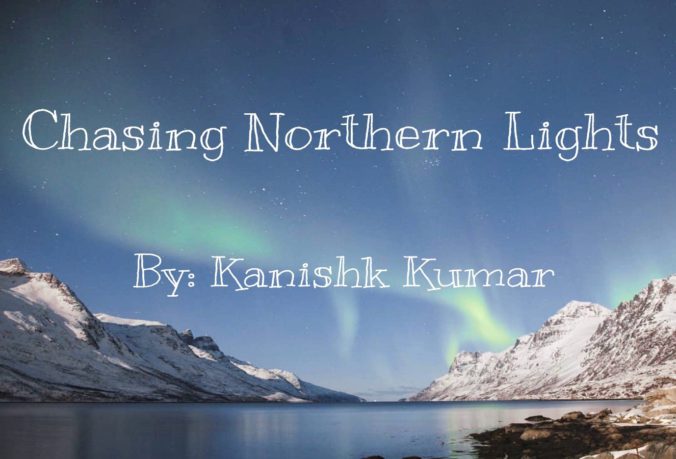
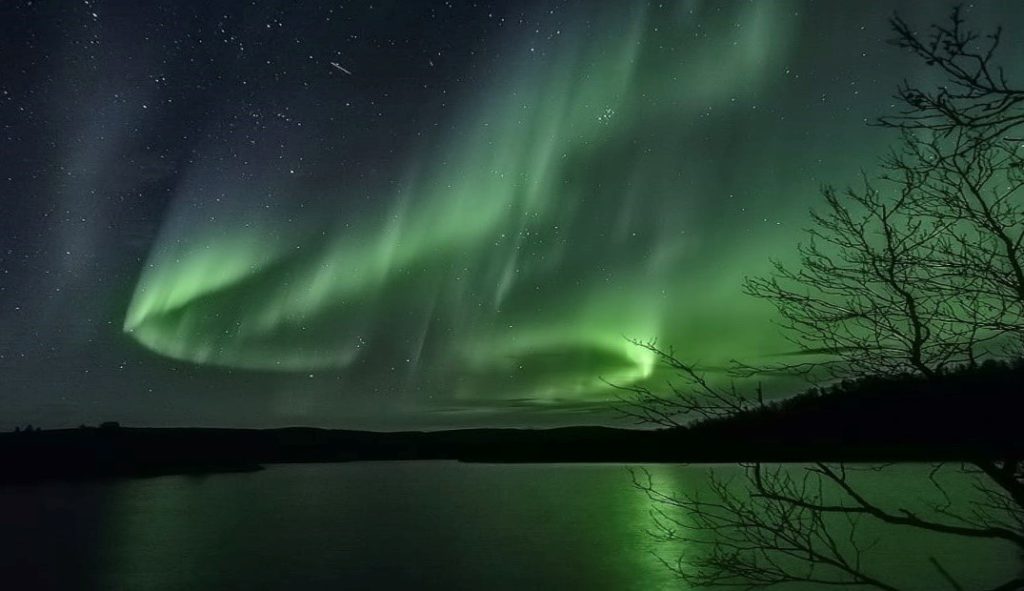
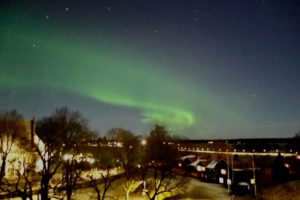
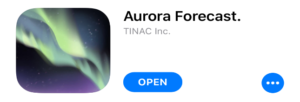
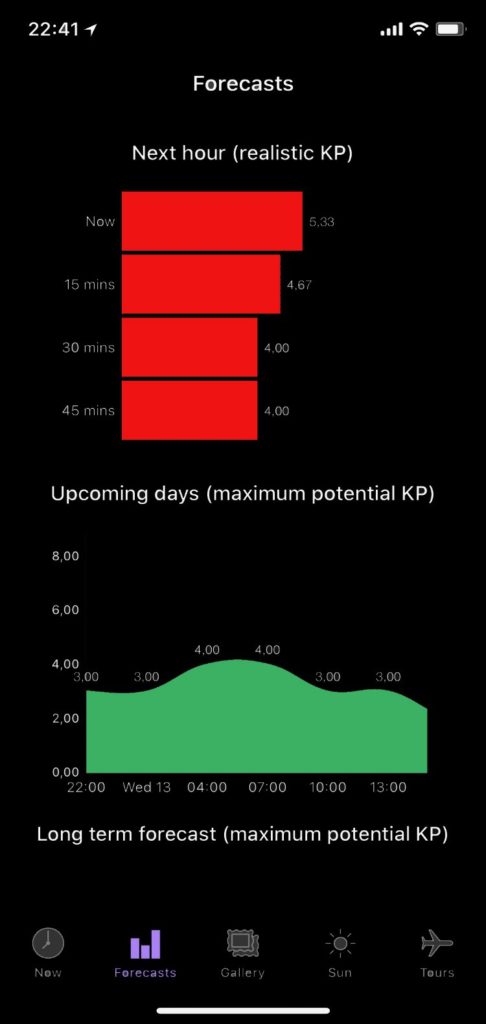
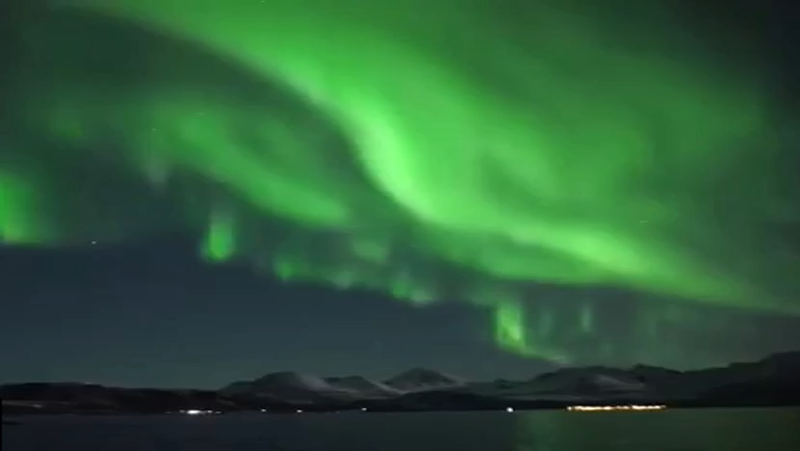
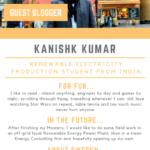
Excellent tips! Thank you ?